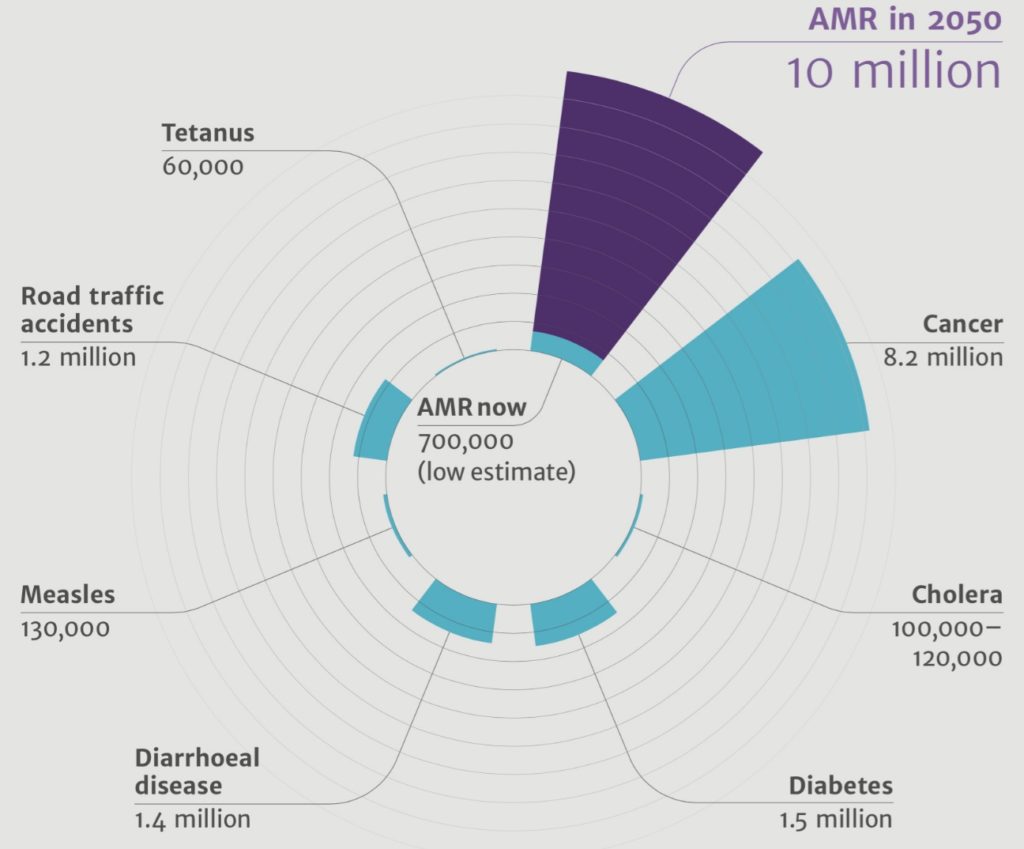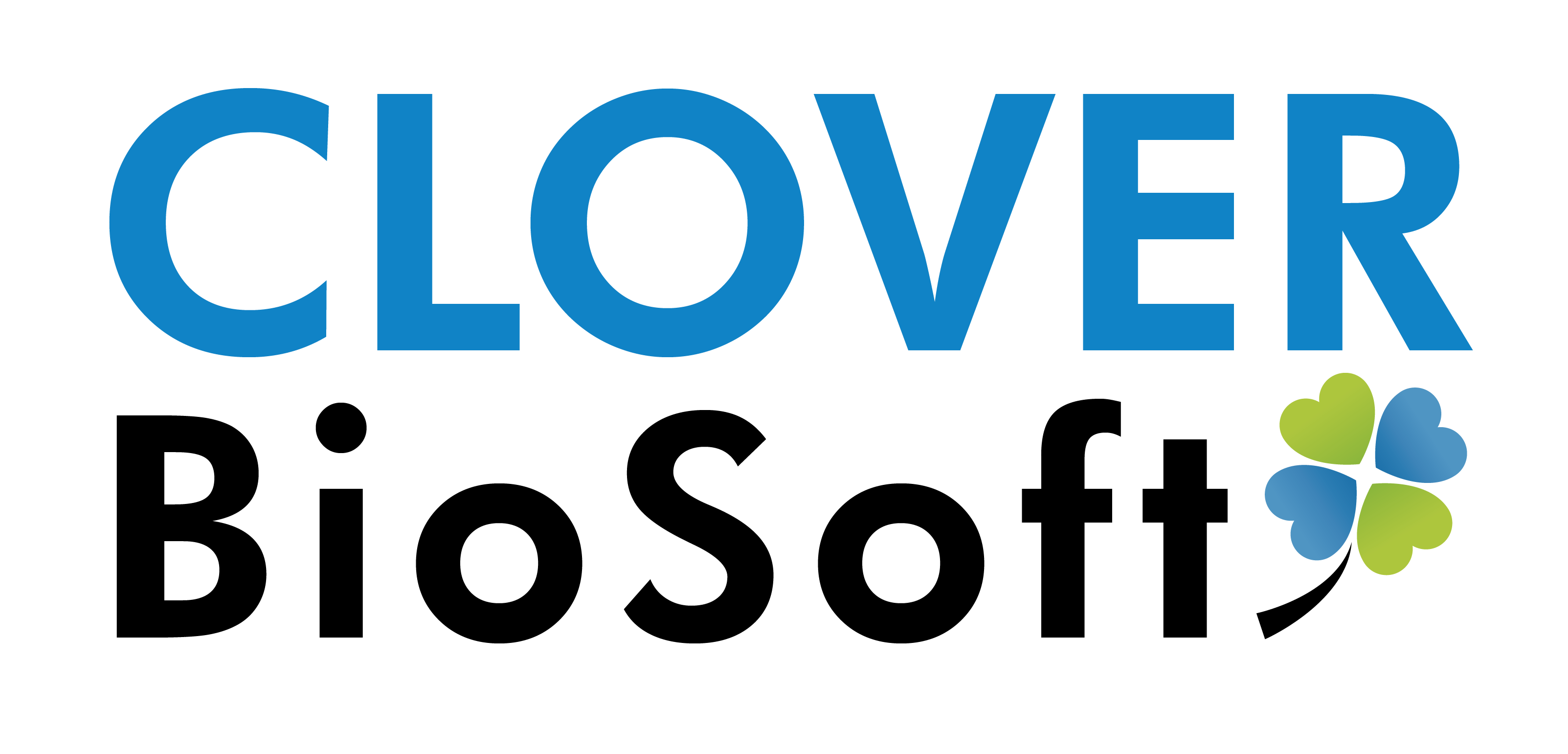Authors: Alfonso García Naranjo, Buyun Qi, Manuel J. Arroyo Pulgar
World Health Organization (WHO) defines the antimicrobial resistance as the change in microorganisms such as bacteria, viruses, fungi and parasites, that render ineffective the medications used to cure the infections they cause [1]. WHO states this a major concern because a resistant infection may kill, can spread to others, and imposes huge costs to individuals and society. This is because whenever a microorganism becomes resistant to an antimicrobial, the task of fighting the infection that it causes becomes extremely harder, having to look for other more expensive or toxic alternatives.
As a matter of fact, the problem of antibiotic resistance in bacteria results in more expensive hospital costs, longer hospital stays and the increase in morbidity and mortality even in the simplest surgeries.
In a nutshell, a surgery can be a total success, but the patient can find its hospital stay prolonged for weeks, or maybe even die, just due to an infection with a resistant bacterial strain during surgery. Furthermore, the statistics show that in 2050, deaths attributable to antimicrobial resistance will outnumber deaths by cancer.

Antimicrobial resistance deaths for year compared to other causes of death [2]
Antimicrobial resistance occurs naturally over time, usually through genetic changes in the genome of the antimicrobial. However, the misuse and overuse of antimicrobials is accelerating this process. The WHO Medicines Department provides guidance into educational and regulatory strategies for improving the use of these medicines by patients, healthcare professionals, and national authorities [3] but we need to do more than that.
Antimicrobial resistance is now a fact, and therefore we need to develop tools to helps us to prevent, identify and treat these diseases. Fast, accurate, precise and cost-effective analysis for the identification of these microorganisms are the key to reduce the morbidity, mortality and the impact on our society.
MALDI-TOF mass spectrometry is a promising tool in the field of identification for fighting this worldwide problem, and Clover Biosoft wants to be part of the solution using this technology. In successive entries we will explain how mass spectrometry and its data analysis can help us to fight this critical situation.
REFERENCES:
[1] World Health Organization | What is antimicrobial resistance? https://www.who.int/features/qa/75/en/
[2] O’neill J (May 2016) TACKLING DRUG-RESISTANT INFECTIONS GLOBALLY: FINAL REPORT AND RECOMMENDATIONS (PDF)
[3] World Health Organization | Antimicrobial resistance | Antimicrobial use https://www.who.int/antimicrobial-resistance/global-action-plan/optimise-use/antimicrobials/en/
